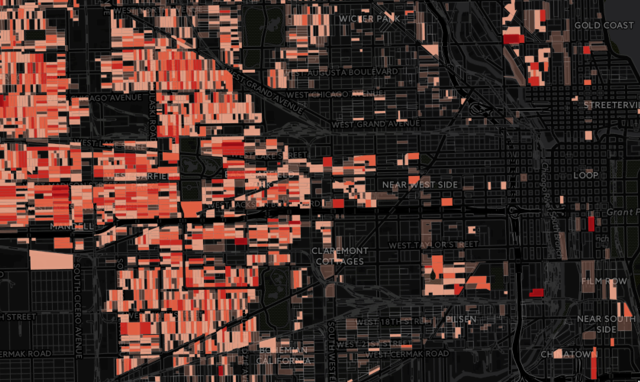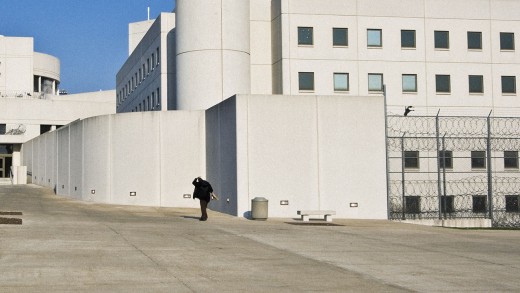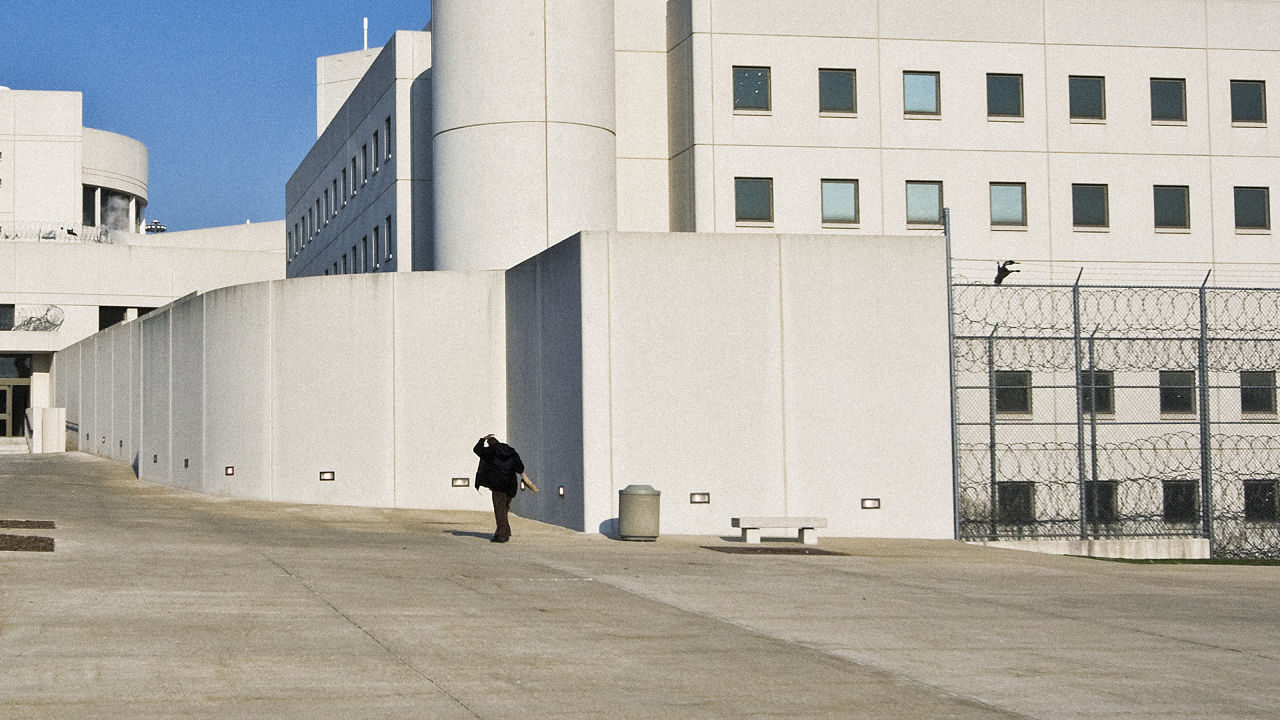how much money Does Chicago Spend yearly To Incarcerate Its voters?
An infographic from Chicago Million greenback Blocks maps it out.
July 23, 2015
The Chicago Million greenback Blocks site has published an interactive map that visualizes what quantity of money, block through block, Chicago spends on incarcerating its citizens annually.
The map concentrates on town blocks that spend over $1 million per year, and the consequences are marvelous: 851 blocks spend over $1 million on prison sentences and 121 of these blocks allocated that quantity for non-violent drug offenses alone. that is shown on the map within the type of crimson blocks that get darker in shade the more cash spent (hover your mouse over the blocks to get the precise buck amount), with a separate atmosphere for simply viewing drug offenses. The map, developed through Dr. Daniel Cooper and Dr. Ryan Lugalia-Hollo, is in response to 2005-2009 information received by way of the Chicago Justice mission.
here are Cooper and Lugalia-Hollon on how they calculated the dollar quantities:
We derive buck amounts from sentence lengths. Our price assumption is that, on reasonable, the Illinois department of Corrections spends roughly $22,000 per yr for each inmate. life sentences are calculated in keeping with average life expectancy.
Our value calculation is conservative. We suppose that all those convicted will only serve their minimum sentence; the real size of time served can be longer. for folk with more than one offenses, we simplest used the sentence from essentially the most severe offense—while this excludes some sentences from our calculations, it signifies that our drug incarceration figures characterize strictly nonviolent offenders. We additionally exclude court and policing costs, that are great.
The map makes it glaring that in Chicago—probably the most segregated metropolis within the usa—the best possible incarceration charges are concentrated in a small collection of community areas; specifically Chicago’s low-income and predominantly black west and south facets. meanwhile, extra affluent, white areas have long gone mostly untouched.
When prisoners are released, they most often return to the same neighborhoods; over 50% return to jail within three years. this type of “prison biking” isn’t handiest extremely pricey, research suggests it also leads to more crime and has a devastating effect on the neighborhoods.
The project was impressed by the Million dollar Blocks mission, developed through the Spatial knowledge Design Lab and the Justice Mapping center, which has created identical maps for NY city and New Haven, CT, amongst other cities. talking to NPR’s Audie Cornish about their Brownsville map, director of the Justice Mapping heart, Eric Cadora, said that even supposing the numbers are already widely known, mapping them out visually resonates with legislatures and city officials. “They turn out to be almost city planners and begin to ask questions like, ‘take a look at all of the tools round this million-greenback space, but they’re no longer being used neatly. How can we take these tools, and then seek to beef up them?”
Cooper and Lugalia-Hollon has a couple of ideas of their own for Chicago. instead of pouring tens of millions of greenbacks into incarcerating prisoners—many of them for low-degree offenses—the town might reinvest their tax dollars to handle the root reasons of crime and rebuild healthy economies in high-incarceration neighborhoods. Even simple solutions like habit remedy and mental well being packages are much more price-efficient than prison sentences.

[top photograph: Henryk Sadura by way of Shutterstock]
(143)














